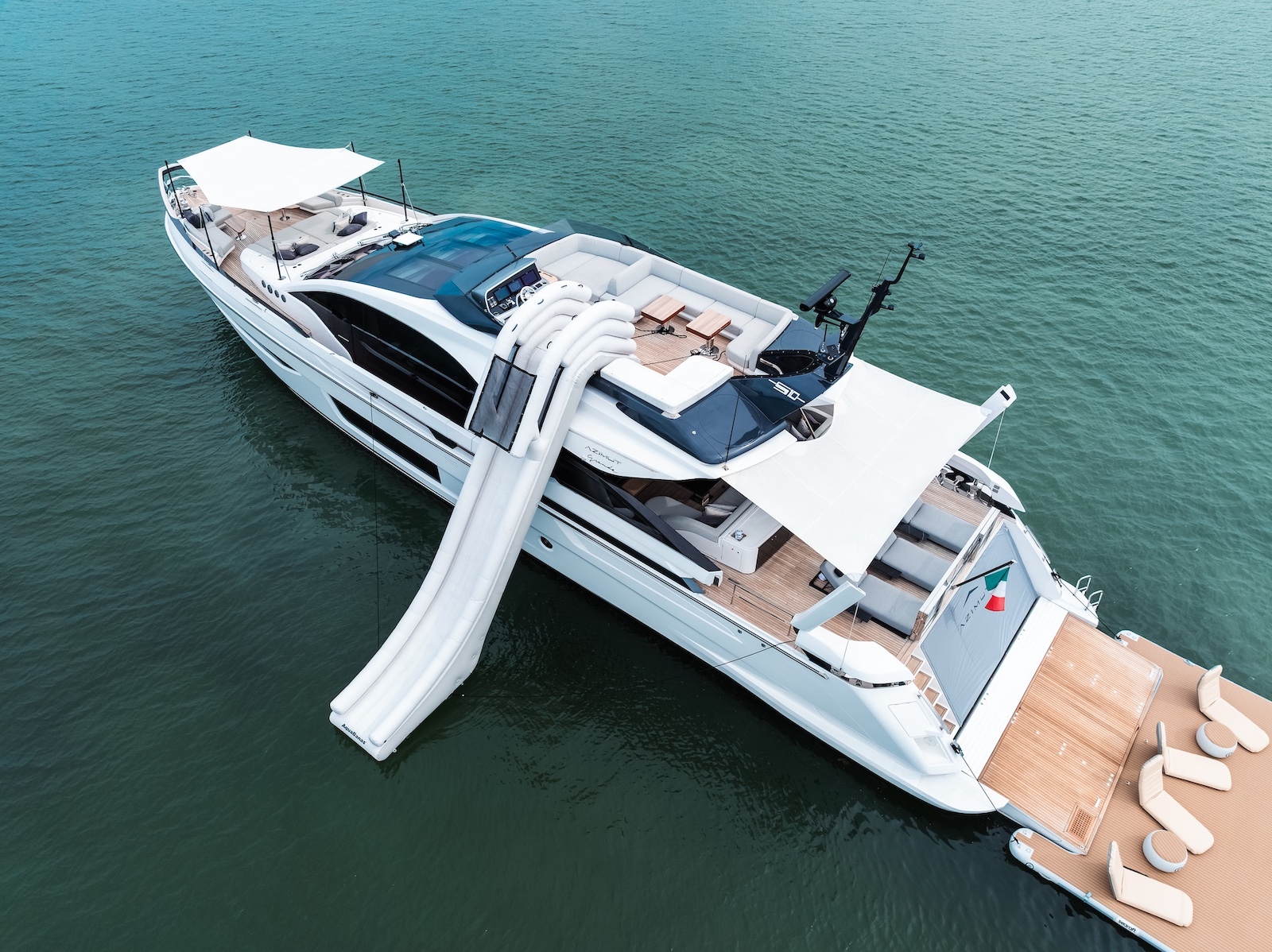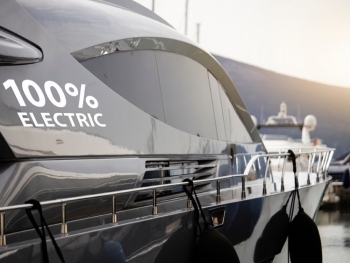Owning a yacht represents freedom, adventure, and prestige - but it also involves a significant financial commitment. While some buyers pay cash, most explore a variety of financing options to optimize cash flow, tax efficiency, and long-term flexibility.
Understanding the difference between yacht loans, leasing structures, and alternative ownership models is key to making an informed decision that fits both your lifestyle and financial goals.
Whether you’re purchasing a compact cruiser or a luxury Perulla yacht, this guide walks you through the smartest ways to finance your dream vessel.
1. Understanding Yacht Financing
Yacht financing works similarly to traditional vehicle or property loans - but with a few maritime-specific details. Lenders often view yachts as high-value assets that depreciate slowly, meaning they can offer competitive terms if your financial profile is strong.
Key Factors Lenders Consider
- Creditworthiness – A good credit score (700+) opens access to better interest rates.
- Down Payment – Typically 10–30% of the yacht’s purchase price.
- Age and Condition of Yacht – Newer vessels often qualify for lower rates.
- Intended Use – Private or charter use may affect insurance and loan terms.
- Documentation & Flag State – U.S.-documented or EU-registered yachts require specific paperwork.
2. Yacht Loans Explained
A marine loan (or yacht loan) is the most common financing option for private buyers. It functions like a car or home loan, where the yacht serves as collateral.
Types of Yacht Loans
- Fixed-Rate Loans: Interest rate remains constant over the loan term - best for stable, long-term budgeting.
- Variable-Rate Loans: Rates fluctuate with market conditions - potentially cheaper initially, but riskier long-term.
- Balloon Payment Loans: Lower monthly payments with a large final payment at the end of the term.
Typical Loan Terms
- Loan terms range from 10 to 20 years depending on the yacht’s value.
- Interest rates typically start around 6–9% for well-qualified borrowers.
- Pre-approvals can help speed up negotiations with yacht brokers or builders.
3. Leasing a Yacht: A Flexible Alternative
Yacht leasing is increasingly popular among buyers who want the luxury of ownership without long-term asset management or depreciation concerns.
How Yacht Leasing Works
A financial institution (lessor) purchases the yacht, and the buyer (lessee) pays regular installments for a fixed period - often 3 to 7 years. At the end of the lease, the buyer can:
- Purchase the yacht at an agreed residual value.
- Return it and upgrade to a newer model.
- Extend the lease if desired.
Benefits of Leasing
- Lower upfront capital requirements.
- Potential tax advantages depending on jurisdiction.
- Easier upgrades to newer models.
- Simplified accounting for business or charter use.
In regions like Europe, yacht leasing can also reduce VAT obligations when structured through compliant programs (e.g., Malta or Monaco-based leasing).
4. Fractional Ownership: Smart Luxury Sharing
For buyers who value access over exclusivity, fractional ownership offers a cost-efficient way to enjoy a yacht without full ownership costs.
How It Works
Several owners share the cost of purchasing, maintaining, and operating a yacht - with usage schedules based on ownership shares. Professional management companies handle all logistics, including crew, maintenance, and docking.
Benefits
- Significantly lower acquisition and running costs.
- Hassle-free ownership - management handles everything.
- Access to high-end yachts at a fraction of the cost.
Ideal For
- Buyers who use a yacht less than 6–8 weeks per year.
- Owners wanting global access programs (some companies offer fleets in multiple regions).
5. Charter Management Programs
Some buyers choose to offset ownership costs by placing their yacht in a charter management program.
How It Works
You purchase a yacht and partner with a charter company that manages rentals, maintenance, and operations. The charter income helps cover expenses, while you retain access to the yacht for private use.
Pros
- Generates revenue to offset costs.
- Professional upkeep and maintenance.
- Tax advantages if structured as a business.
Cons
- Higher wear and tear due to frequent chartering.
- Limited personal use during high season.
- Requires careful contract negotiation and reputable partners.
6. Smart Financing Tips for Yacht Buyers
- Compare lenders - Specialized marine finance companies often offer better terms than general banks.
- Get a pre-approval - Strengthens your negotiating position with sellers.
- Factor in running costs - Docking, insurance, crew, and maintenance can add 10–20% of the yacht’s value annually.
- Check resale trends - Brands like Perulla, with durable materials and innovative designs, may hold value better long-term.
- Consult tax professionals - Especially for cross-border ownership or charter operations.
7. Perulla: Innovative Design Meets Smart Investment
Perulla’s unique use of polyethylene hulls and modern construction techniques not only reduce maintenance but can also improve ownership economics.
- Lower upkeep costs due to corrosion resistance.
- Simplified repairs compared to fiberglass.
- Potentially stronger resale value due to durability and distinctive design.
For buyers seeking long-term value and reduced lifecycle costs, Perulla yachts exemplify smart luxury - blending engineering, efficiency, and elegance.
Financing a yacht isn’t just about finding the lowest rate - it’s about aligning ownership with your lifestyle and financial strategy. Whether through a traditional loan, flexible lease, or innovative fractional model, there’s a solution for every type of buyer.
Boutique builders like Perulla make the decision even more compelling, offering yachts that combine advanced materials, lower maintenance, and lasting beauty - ensuring your investment sails smoothly from the first payment to your first voyage.
Set your course wisely, and your dream yacht can be closer than you think.












